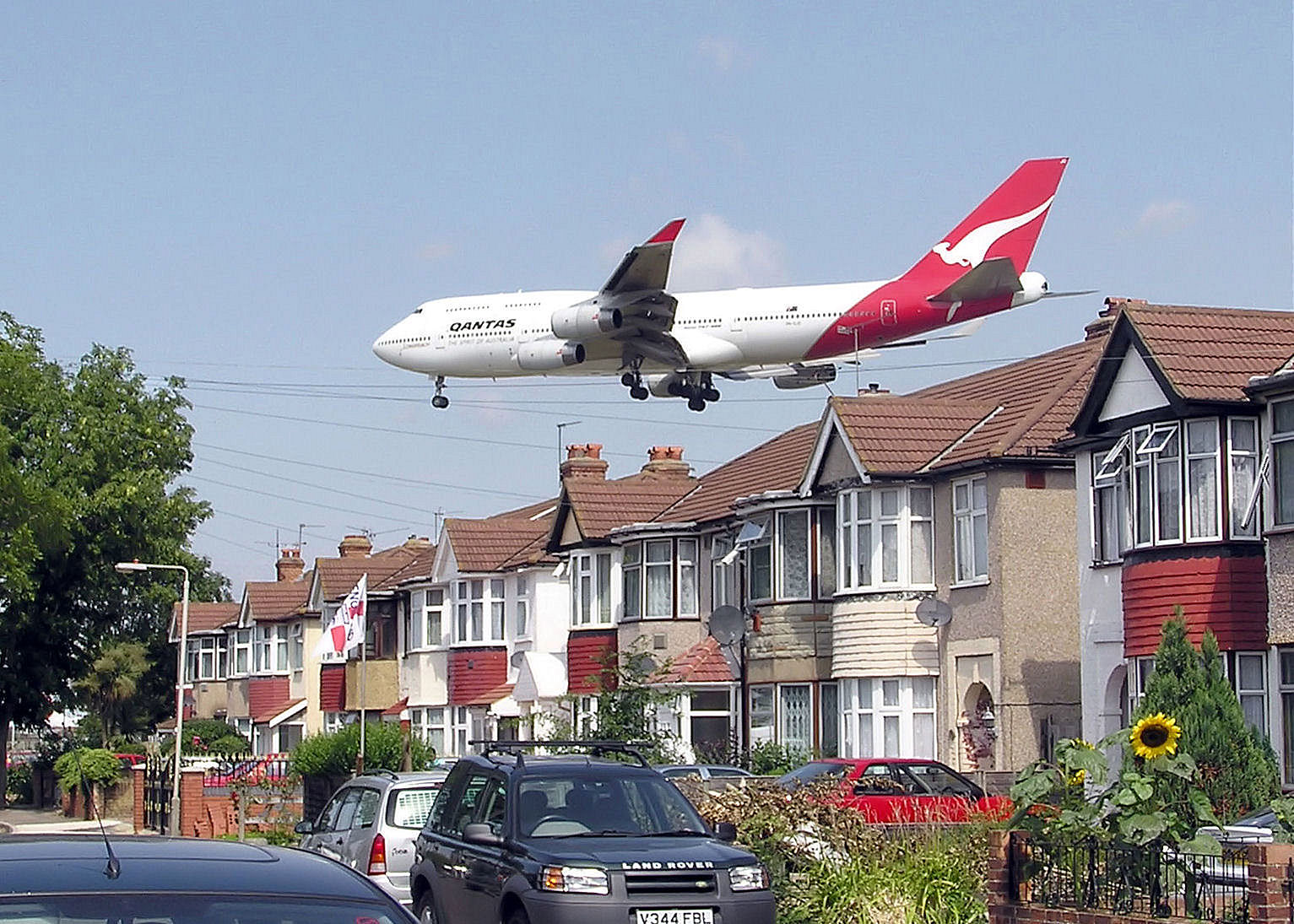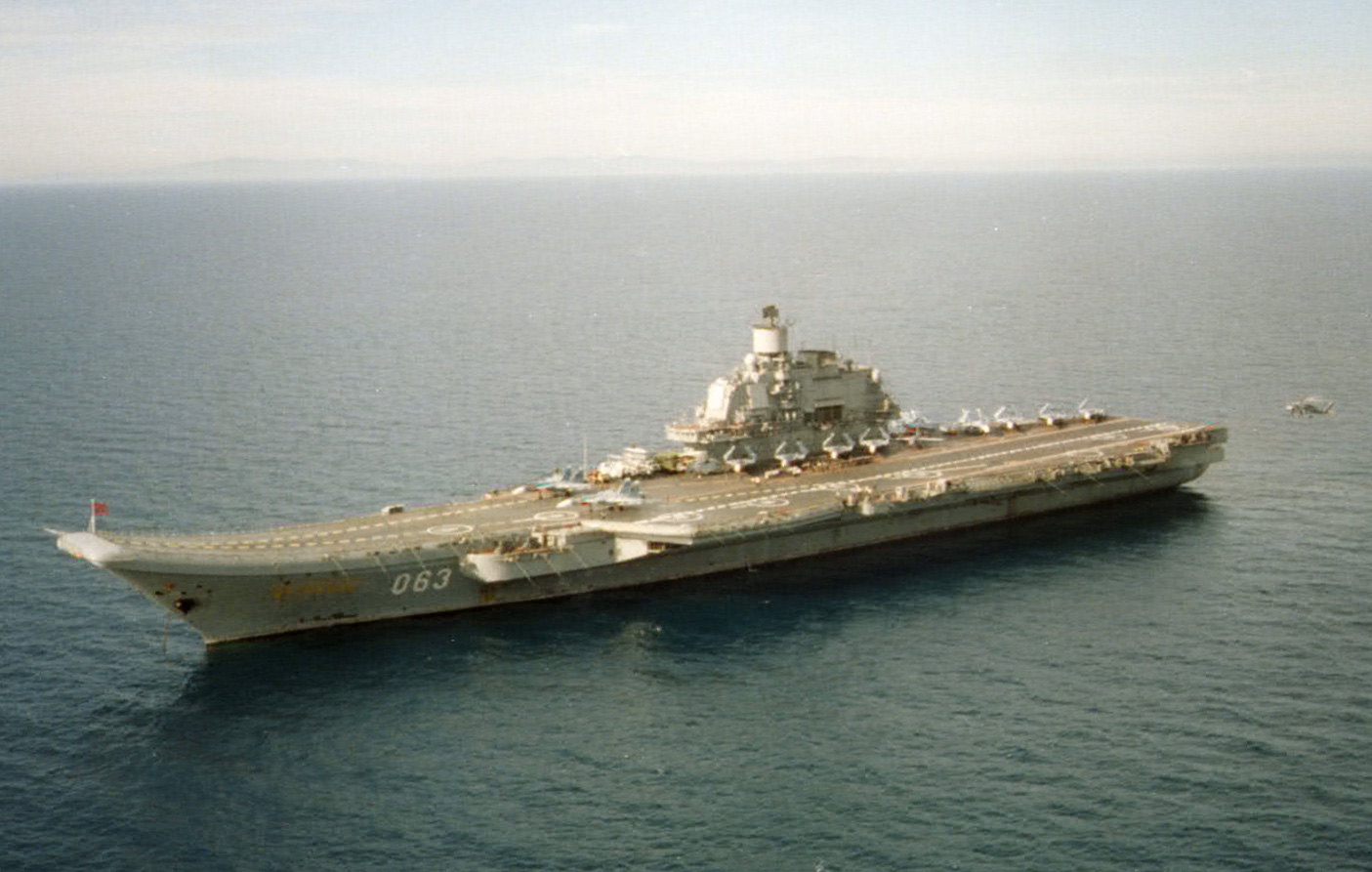|
Horizontal Takeoff, Horizontal Landing
Aircraft can have different ways to take off and land. Conventional airplanes accelerate along the ground until sufficient lift is generated for takeoff, and reverse the process to land. Some airplanes can take off at low speed, this being a short takeoff. Some aircraft such as helicopters and Harrier jump jets can take off and land vertically. Rockets also usually take off vertically, but some designs can land horizontally. Horizontal takeoff and landing Aircraft Conventional takeoff and landing (CTOL) =Takeoff= Takeoff is the phase of flight in which an aircraft goes through a transition from moving along the ground (taxiing) to flying in the air, usually starting on a runway. For balloons, helicopters and some specialized fixed-wing aircraft (VTOL aircraft such as the Harrier), no runway is needed. Takeoff is the opposite of landing. =Landing= Landing is the last part of a flight, where a flying aircraft or spacecraft (or animals) returns to the ground. Wh ... [...More Info...] [...Related Items...] OR: [Wikipedia] [Google] [Baidu] |
Aircraft
An aircraft is a vehicle that is able to fly by gaining support from the air. It counters the force of gravity by using either static lift or by using the dynamic lift of an airfoil, or in a few cases the downward thrust from jet engines. Common examples of aircraft include airplanes, helicopters, airships (including blimps), gliders, paramotors, and hot air balloons. The human activity that surrounds aircraft is called ''aviation''. The science of aviation, including designing and building aircraft, is called '' aeronautics.'' Crewed aircraft are flown by an onboard pilot, but unmanned aerial vehicles may be remotely controlled or self-controlled by onboard computers. Aircraft may be classified by different criteria, such as lift type, aircraft propulsion, usage and others. History Flying model craft and stories of manned flight go back many centuries; however, the first manned ascent — and safe descent — in modern times took place by larger hot-air ... [...More Info...] [...Related Items...] OR: [Wikipedia] [Google] [Baidu] |
STOBAR
STOBAR ("short take-off but arrested recovery" or "short take-off, barrier-arrested recovery") is a system used for the launch and recovery of aircraft from the deck of an aircraft carrier, combining elements of "short take-off and vertical landing" (STOVL) with "catapult-assisted take-off but arrested recovery" (CATOBAR). Aircraft launch under their own power using a ski-jump to assist take-off (rather than using a catapult). However, the planes are conventional, rather than STOVL aircraft, and thus require arrestor wires to land on the ship. The STOBAR system is simpler to build than CATOBAR. , it has been used regularly on Russian, Indian, and Chinese carriers. Advantages Compared to CATOBAR, STOBAR is less expensive to develop. It is easier to operate than a CATOBAR configuration, which requires large number of operators to launch the aircraft. Lack of any moving parts in ski-jump makes it less expensive to maintain the launch system. It does not require any additional sy ... [...More Info...] [...Related Items...] OR: [Wikipedia] [Google] [Baidu] |
STOVL
A short take-off and vertical landing aircraft (STOVL aircraft) is a fixed-wing aircraft that is able to take off from a short runway (or take off vertically if it does not have a heavy payload) and land vertically (i.e. with no runway). The formal NATO definition (since 1991) is: On aircraft carriers, non-catapult-assisted, fixed-wing short takeoffs are accomplished with the use of thrust vectoring, which may also be used in conjunction with a runway " ski-jump". There are currently 14 aircraft carriers that operate these STOVL aircraft (United States United Kingdom Italy and Spain . Use of STOVL tends to allow aircraft to carry a larger payload compared to vertical take-off and landing (VTOL), while still only requiring a short runway. The most famous examples are the Hawker Siddeley Harrier and the Sea Harrier. Although technically VTOL aircraft, they are operationally STOVL aircraft due to the extra weight carried at take-off for fuel and armaments. The same is t ... [...More Info...] [...Related Items...] OR: [Wikipedia] [Google] [Baidu] |
Arrestor Wires
An arresting gear, or arrestor gear, is a mechanical system used to rapidly decelerate an aircraft as it lands. Arresting gear on aircraft carriers is an essential component of naval aviation, and it is most commonly used on CATOBAR and STOBAR aircraft carriers. Similar systems are also found at land-based airfields for expeditionary or emergency use. Typical systems consist of several steel wire ropes laid across the aircraft landing area, designed to be caught by an aircraft's tailhook. During a normal arrestment, the tailhook engages the wire and the aircraft's kinetic energy is transferred to hydraulic damping systems attached below the carrier deck. There are other related systems which use nets to catch aircraft wings or landing gear. These ''barricade'' and ''barrier'' systems are only used for emergency arrestments for aircraft without operable tailhooks. History Arresting cable systems were invented by Hugh Armstrong Robinson, Hugh Robinson and were utilized by Euge ... [...More Info...] [...Related Items...] OR: [Wikipedia] [Google] [Baidu] |
Aircraft Catapult
An aircraft catapult is a device used to allow aircraft to take off from a very limited amount of space, such as the deck of a vessel, but can also be installed on land-based runways in rare cases. It is now most commonly used on aircraft carriers, as a form of assisted take off. In the form used on aircraft carriers the catapult consists of a track, or slot, built into the flight deck, below which is a large piston or ''shuttle'' that is attached through the track to the nose gear of the aircraft, or in some cases a wire rope, called a catapult bridle, is attached to the aircraft and the catapult shuttle. Other forms have been used historically, such as mounting a launching cart holding a seaplane on a long girder-built structure mounted on the deck of a warship or merchant vessel, but most catapults share a similar sliding track concept. Different means have been used to propel the catapult, such as weight and derrick, gunpowder, flywheel, air pressure, hydraulic, and steam ... [...More Info...] [...Related Items...] OR: [Wikipedia] [Google] [Baidu] |
Aircraft Carrier
An aircraft carrier is a warship that serves as a seagoing airbase, equipped with a full-length flight deck and facilities for carrying, arming, deploying, and recovering aircraft. Typically, it is the capital ship of a fleet, as it allows a naval force to project air power worldwide without depending on local bases for staging aircraft operations. Carriers have evolved since their inception in the early twentieth century from wooden vessels used to deploy balloons to nuclear-powered warships that carry numerous fighters, strike aircraft, helicopters, and other types of aircraft. While heavier aircraft such as fixed-wing gunships and bombers have been launched from aircraft carriers, these aircraft have not successfully landed on a carrier. By its diplomatic and tactical power, its mobility, its autonomy and the variety of its means, the aircraft carrier is often the centerpiece of modern combat fleets. Tactically or even strategically, it replaced the battleship in the ro ... [...More Info...] [...Related Items...] OR: [Wikipedia] [Google] [Baidu] |




%2C_F-14_on_catapult.jpg)
